After more than 1 year of issuance, the Ministry of Industry and Trade is planning to propose adjustments to the Power Plan VIII due to concerns that many power sources approved in the Plan do not meet the progress according to the approved plan, potentially posing a risk of power shortage.
Power Plan VIII was started from October 1, 2019 in Decision No. 1264/QD-TTg. After nearly 4 years since the drafting, Power Plan VIII was approved on May 15, 2023 and then, the Plan implementation was issued on April 1, 2024.
Surely, those interested in the energy industry have not forgotten that, in order for the Power Plan VIII to be approved, the Ministry of Industry and Trade had no less than 8 official submissions, starting from the first submission on March 26, 2021. Next, before being officially issued, the Plan to implement the Plan also took a lot of time and effort from the relevant parties.
But despite having both the Power Plan VIII and the Implementation Plan, power projects still cannot be deployed as quickly as expected.
In recent assessments, the Ministry of Industry and Trade has repeatedly warned about the unfeasible level of the targets set for two highly anticipated large power sources, gas power and offshore wind power, by 2030. Accordingly, there are 23 gas power projects, with a total capacity of 30,424 MW, to be put into operation by 2030 as set out in the Power Plan VIII. However, currently, the investment and construction situation of these projects still faces many challenges.
Specifically, except for Nhon Trach 3 and 4 Projects expected to operate in May 2025, the possibility of completion before 2030 for the remaining projects is very difficult if there is no fundamental solution to remove important bottlenecks for LNG power development related to minimum mobilized output, to the transfer of gas price to electricity price...
Regarding offshore wind power projects, Vietnam currently has no projects that have been granted investment policies and assigned to investors for implementation.
Issues such as the lack of a complete and accurate database on wind speed surveys, wind potential in each region, locality and nationwide; the current status of terrain, seabed depth, or the lack of sufficient basis to determine the specific location and capacity of offshore wind power projects were also mentioned. In addition, the reality is that the investment rate for offshore wind power is currently very large (about 2.5 billion USD/1,000 MW), the implementation time is from 6 to 8 years from the beginning of the survey.
Therefore, the offshore wind power capacity target according to Power Plan VIII of 6,000 MW by 2030 is difficult to achieve in the current context.
Thus, the ability to implement with only the two most anticipated power sources, gas power and offshore wind power, with a scale of more than 36,000 MW as planned by 2030 is not easy.
In fact, onshore and nearshore solar or wind power sources, although assessed to have potential and fast investment implementation speed, only take place when there is an attractive fixed electricity purchase price. Meanwhile, for more than 2 years, no project has been completed and signed a power purchase contract when moving to negotiate to sell electricity without exceeding the ceiling price frame prescribed by the Ministry of Industry and Trade.
The above reality shows that without a clear and attractive mechanism, investors will not be interested in calling for capital to develop power sources. It will not even be easy to import electricity.
However, even when the electricity purchase price for investors is attractive, there is still a problem of buying high and selling low, causing huge losses for Vietnam Electricity Group (EVN) - which is mainly responsible for purchasing electricity from the plant and selling it to consumers in the economy.
Therefore, although electricity prices have been adjusted recently, they are only small and not enough to cover the costs arising from fluctuations in world fuel prices or exchange rate changes. Therefore, if there are no strong changes in electricity prices and specific mechanisms during the implementation of electricity projects, then efforts such as allowing the construction of plants without signing a Power Purchase Agreement (PPA) with the current electricity purchasing unit (EVN), no investor will dare to implement the project (except for the Nhon Trach 3 and 4 LNG Power Project with the support of the Vietnam Oil and Gas Group).
As long as both the Power Plan VIII and the Implementation Plan are still general in terms of mechanism, the adjustment of the Power Plan VIII or the upcoming amendment of the Electricity Law will not ensure that new power source projects will be quickly implemented so that the system has an abundant supply, meeting the needs of the economy with the criterion of "electricity going one step ahead".
Source: https://baodautu.vn/co-che-voi-du-an-dien-can-ro-rang-hap-dan-d224527.html



![[Photo] Military doctors in the epicenter of Myanmar](https://vstatic.vietnam.vn/vietnam/resource/IMAGE/2025/4/6/fccc76d89b12455c86e813ae7564a0af)
![[Photo] Vietnamese rescue team shares the loss with people in Myanmar earthquake area](https://vstatic.vietnam.vn/vietnam/resource/IMAGE/2025/4/6/ae4b9ffa12e14861b77db38293ba1c1d)
![[Photo] Prime Minister Pham Minh Chinh chairs the regular Government meeting in March](https://vstatic.vietnam.vn/vietnam/resource/IMAGE/2025/4/6/8393ea0517b54f6791237802fe46343b)
![[Photo] Solemn Hung King's Death Anniversary in France](https://vstatic.vietnam.vn/vietnam/resource/IMAGE/2025/4/6/786a6458bc274de5abe24c2ea3587979)

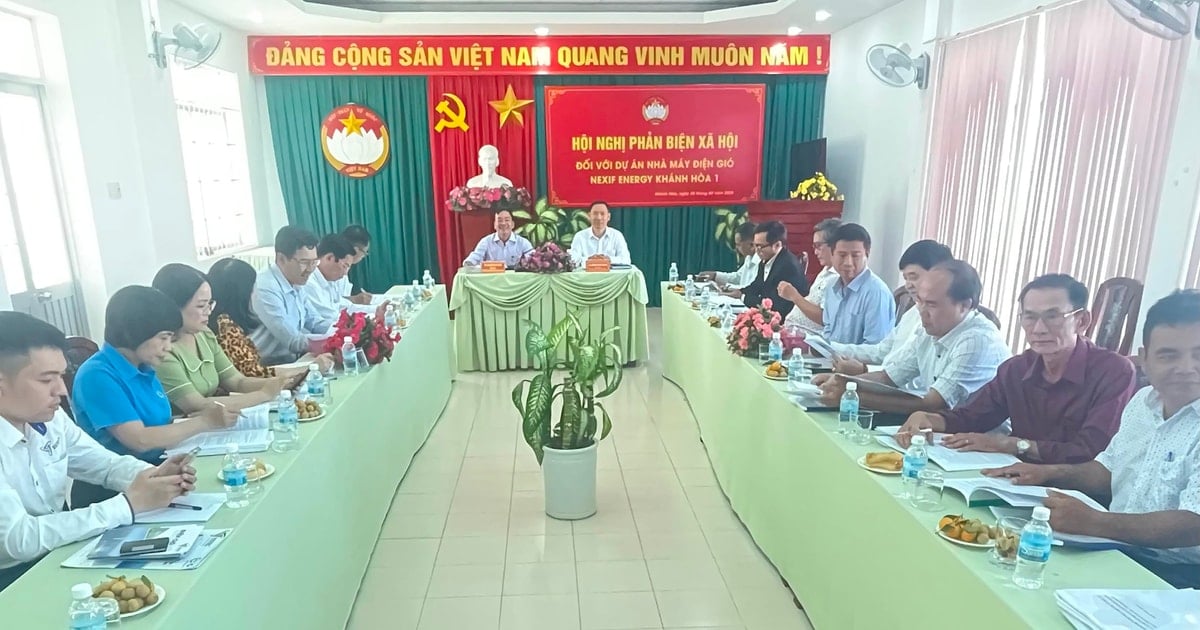

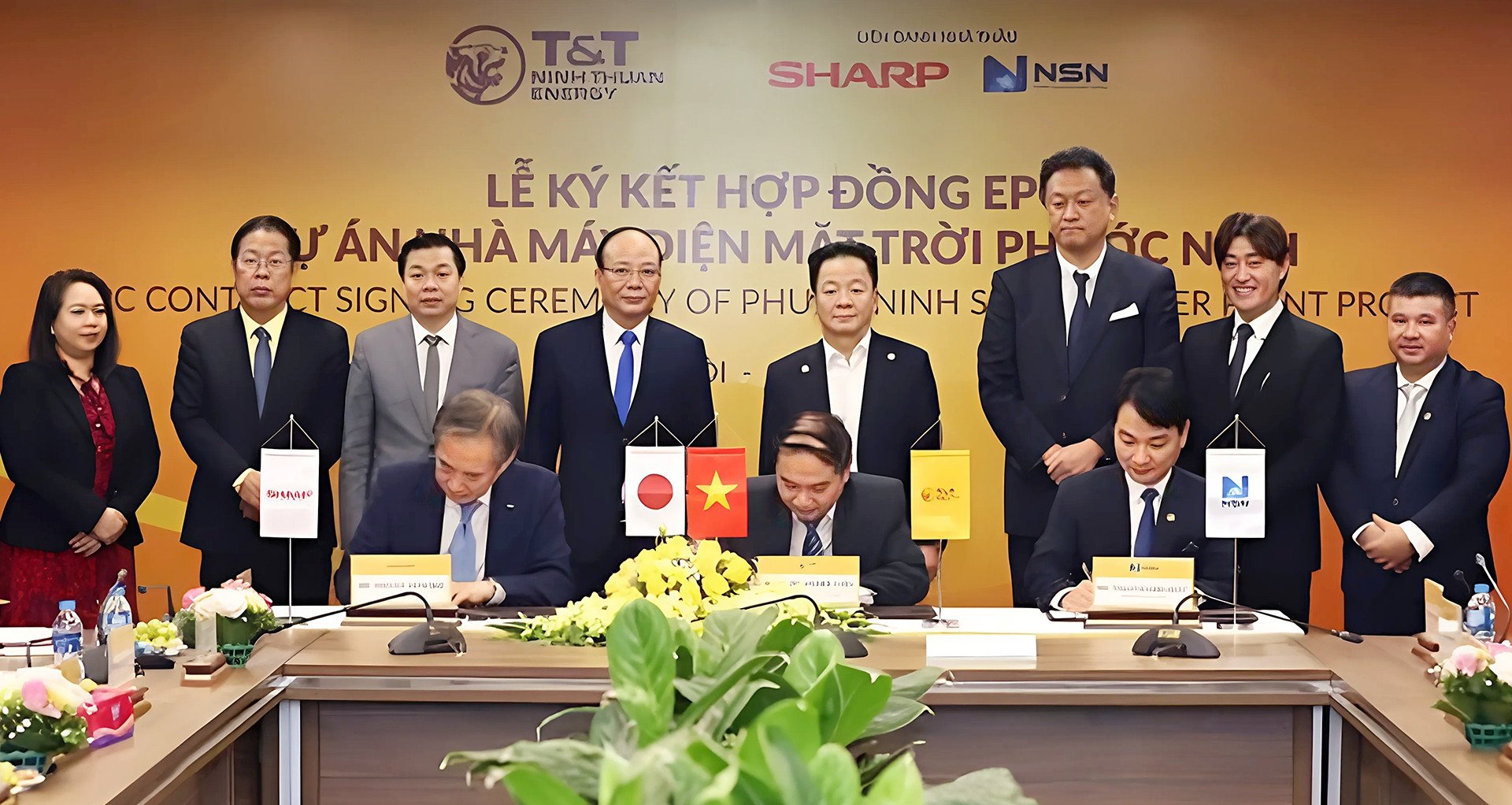

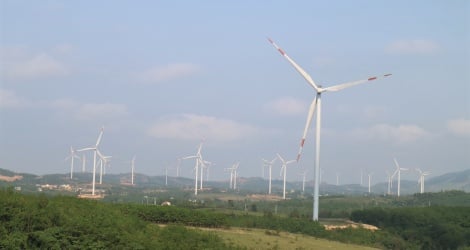
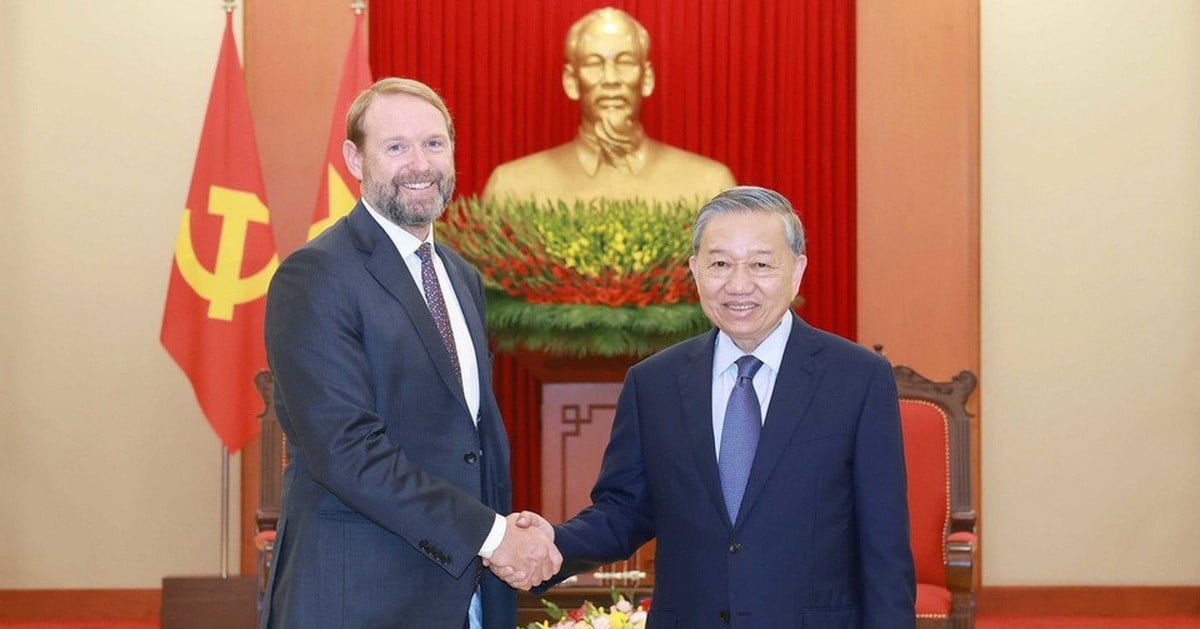

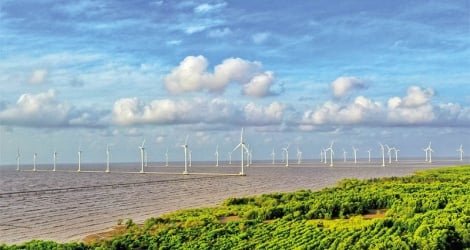
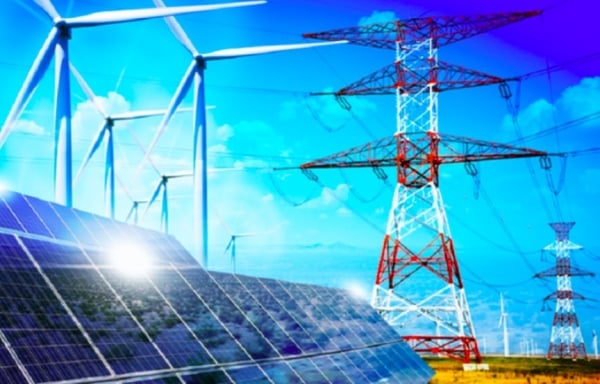




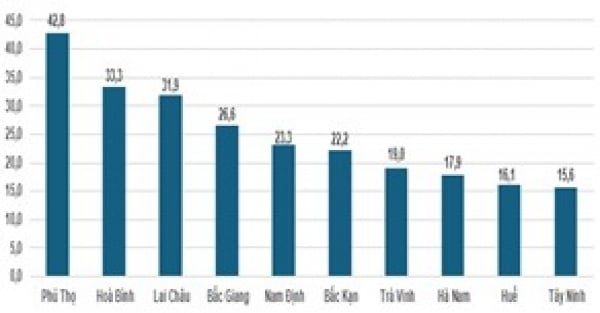
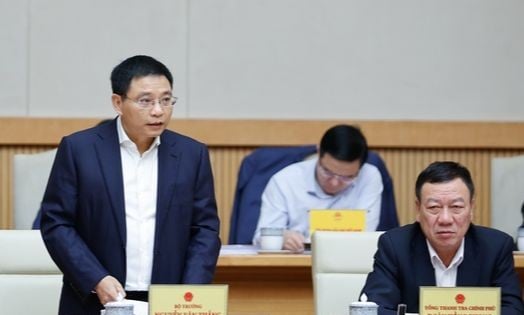
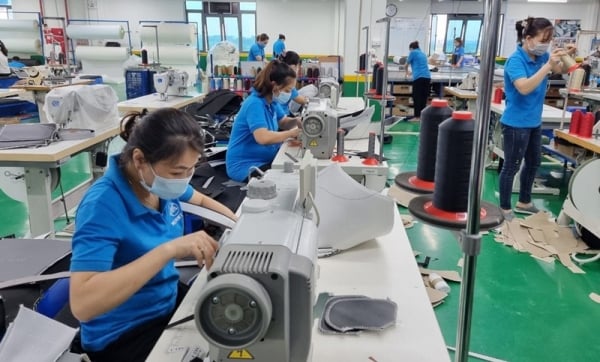

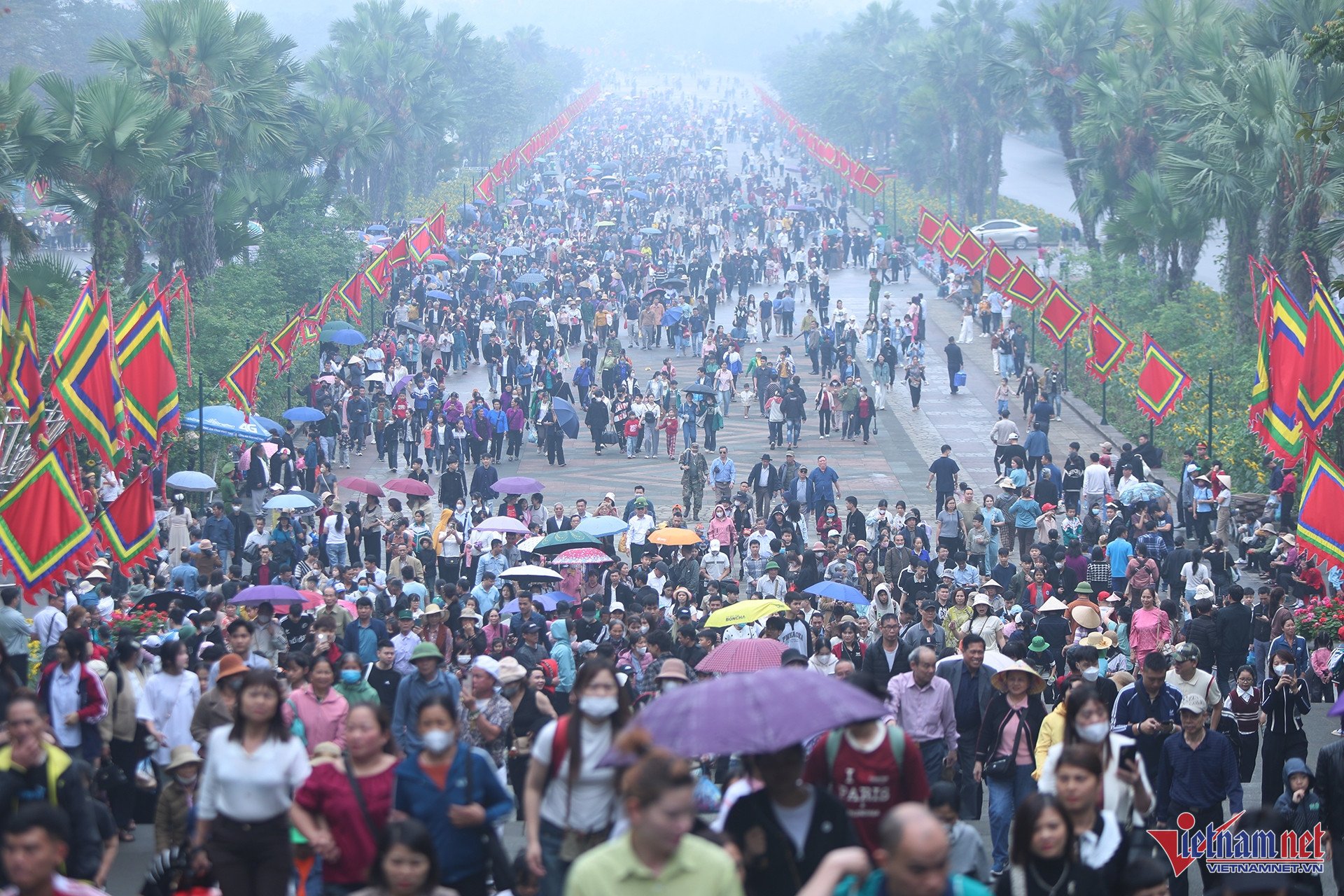


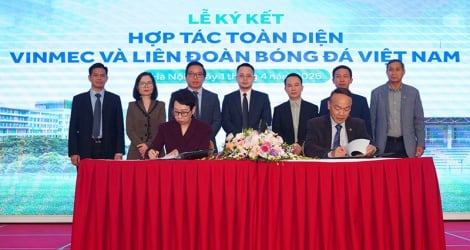

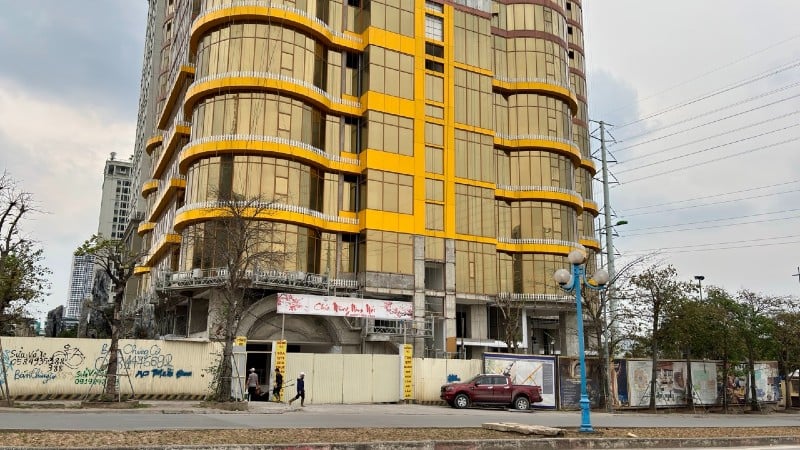

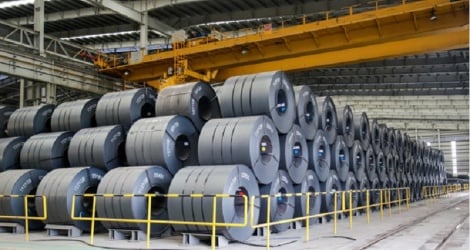
























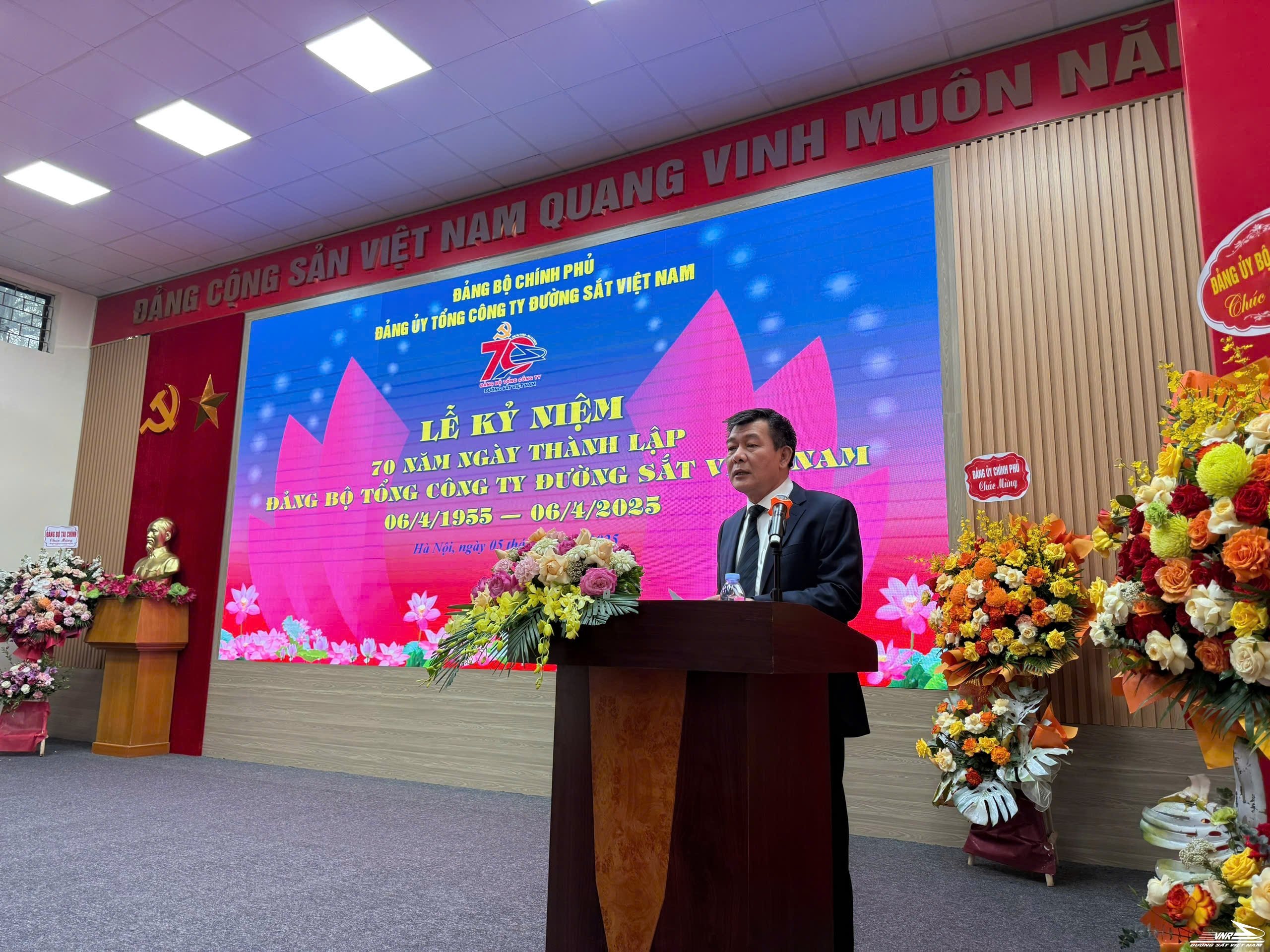
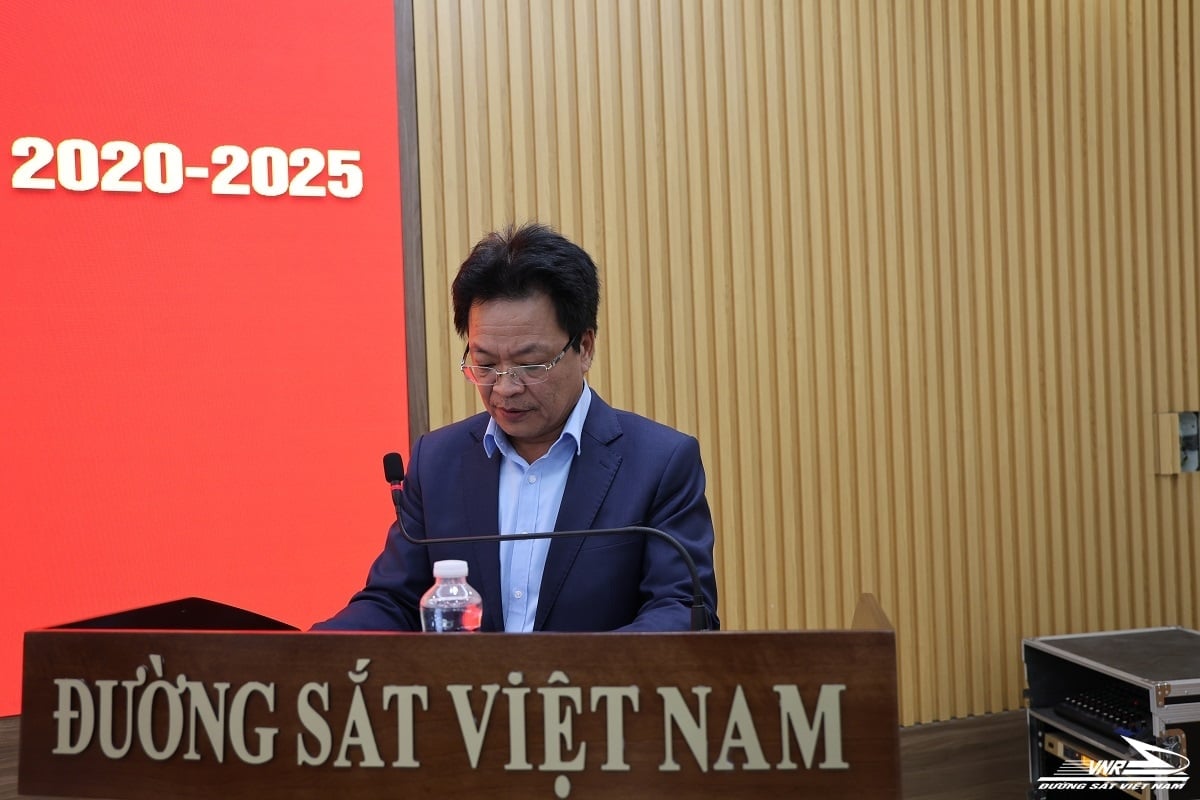
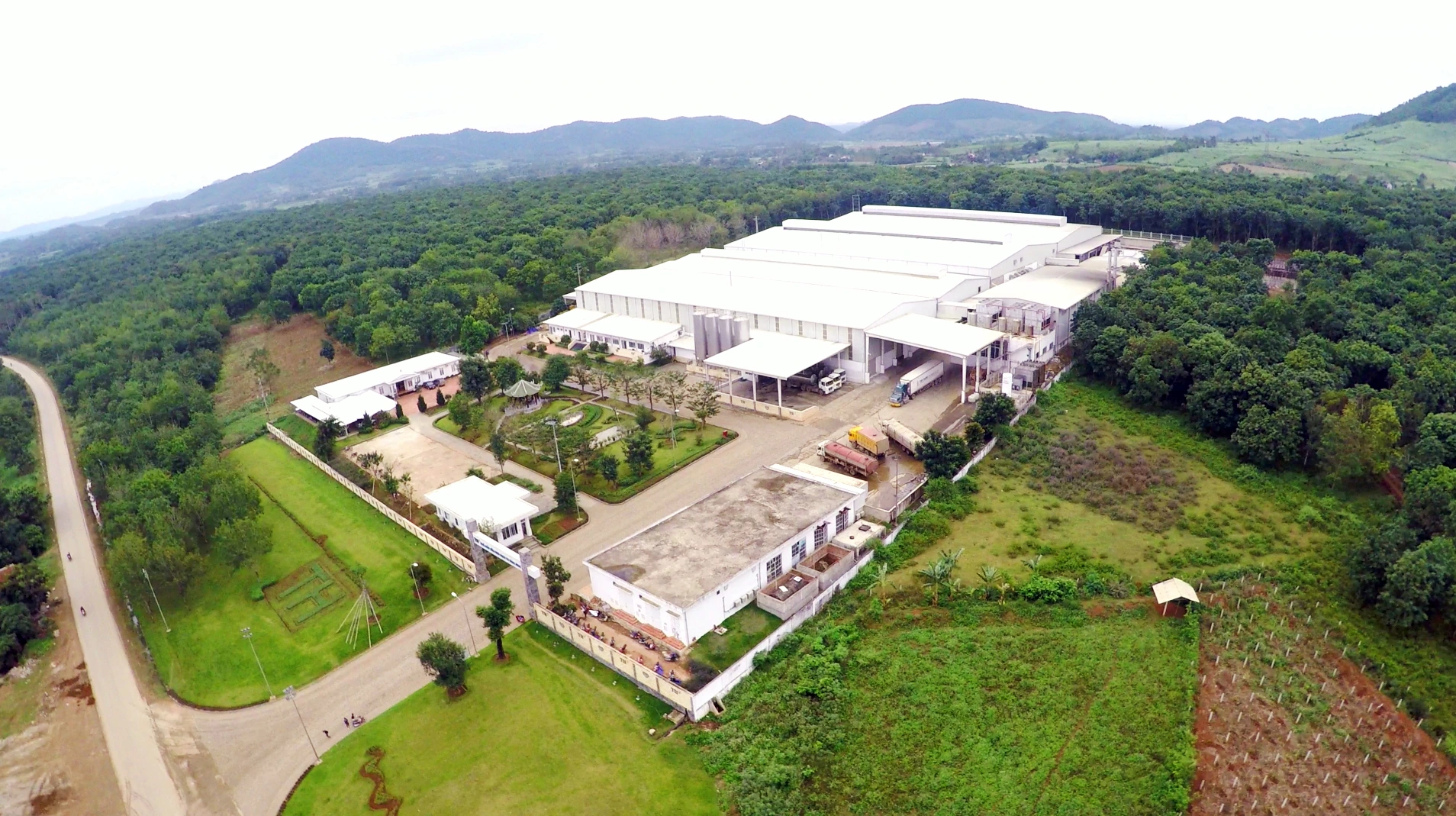



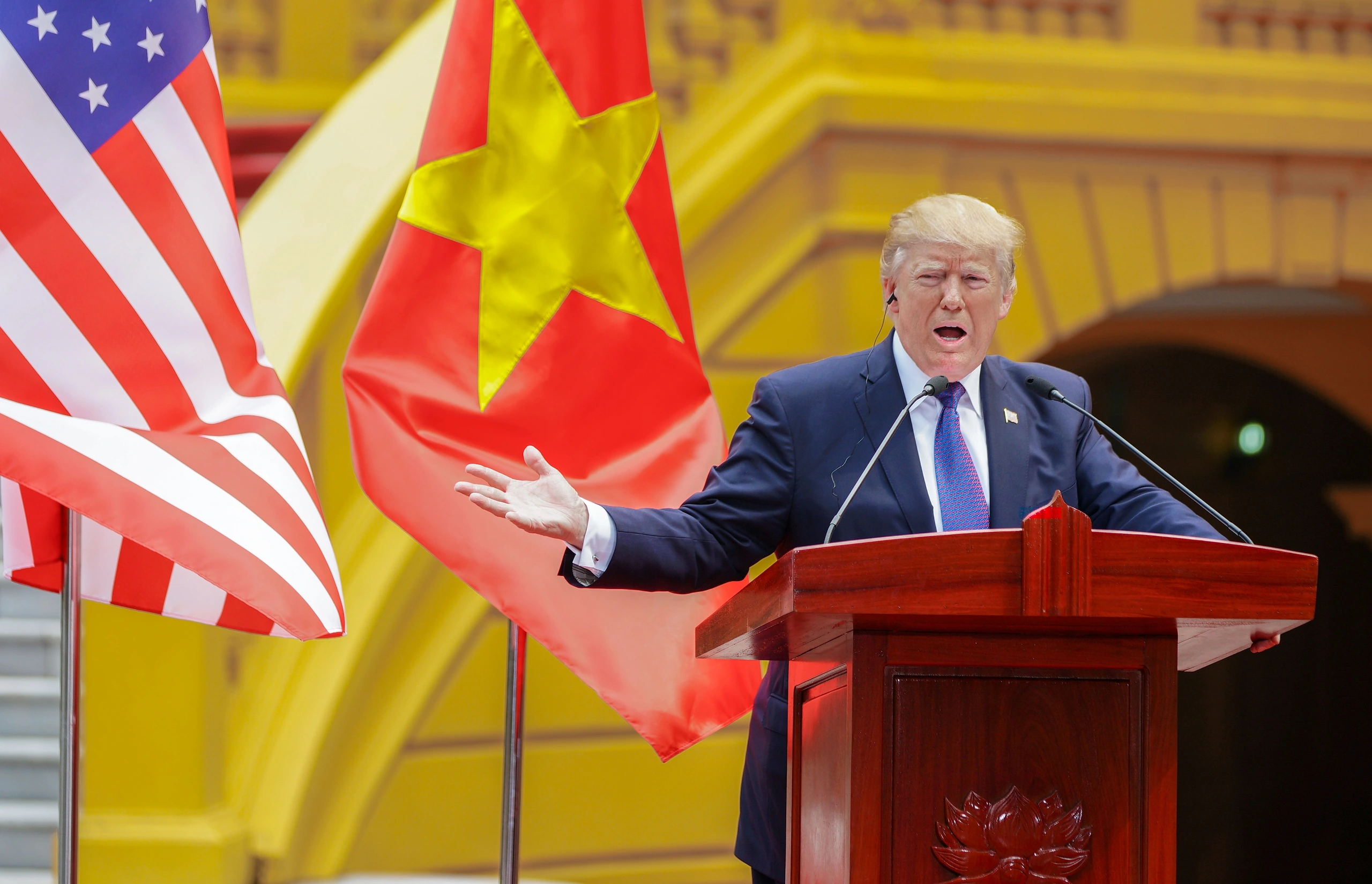


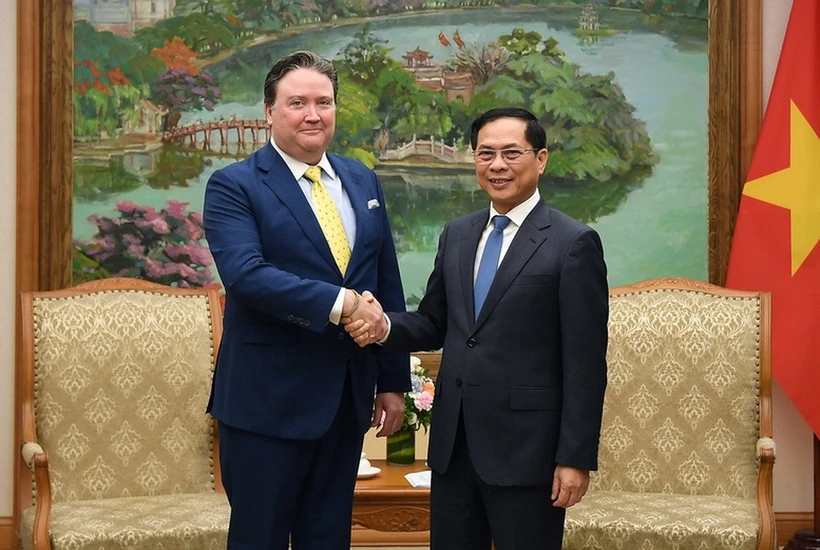










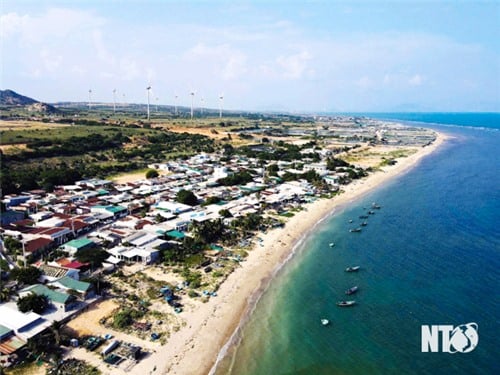
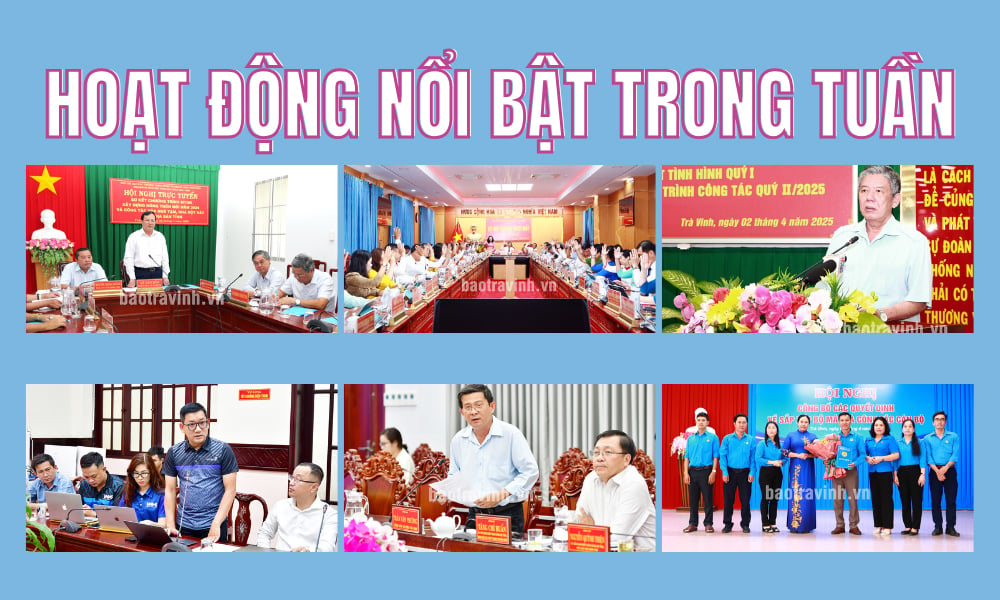

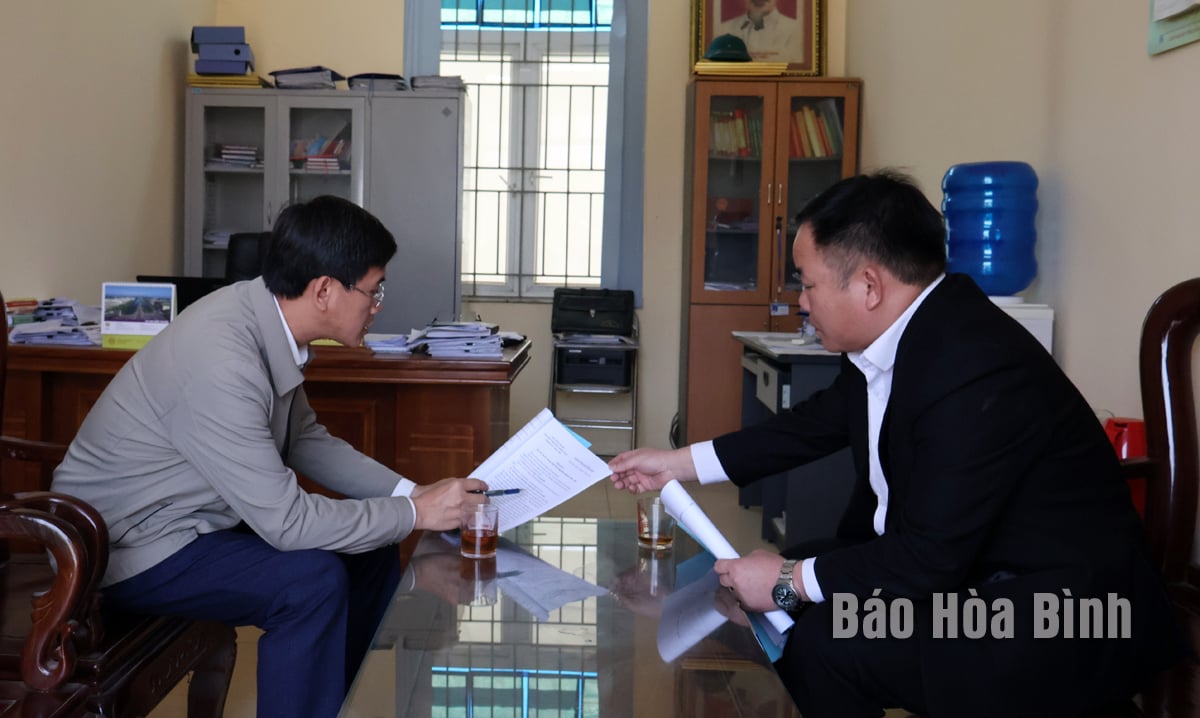










Comment (0)